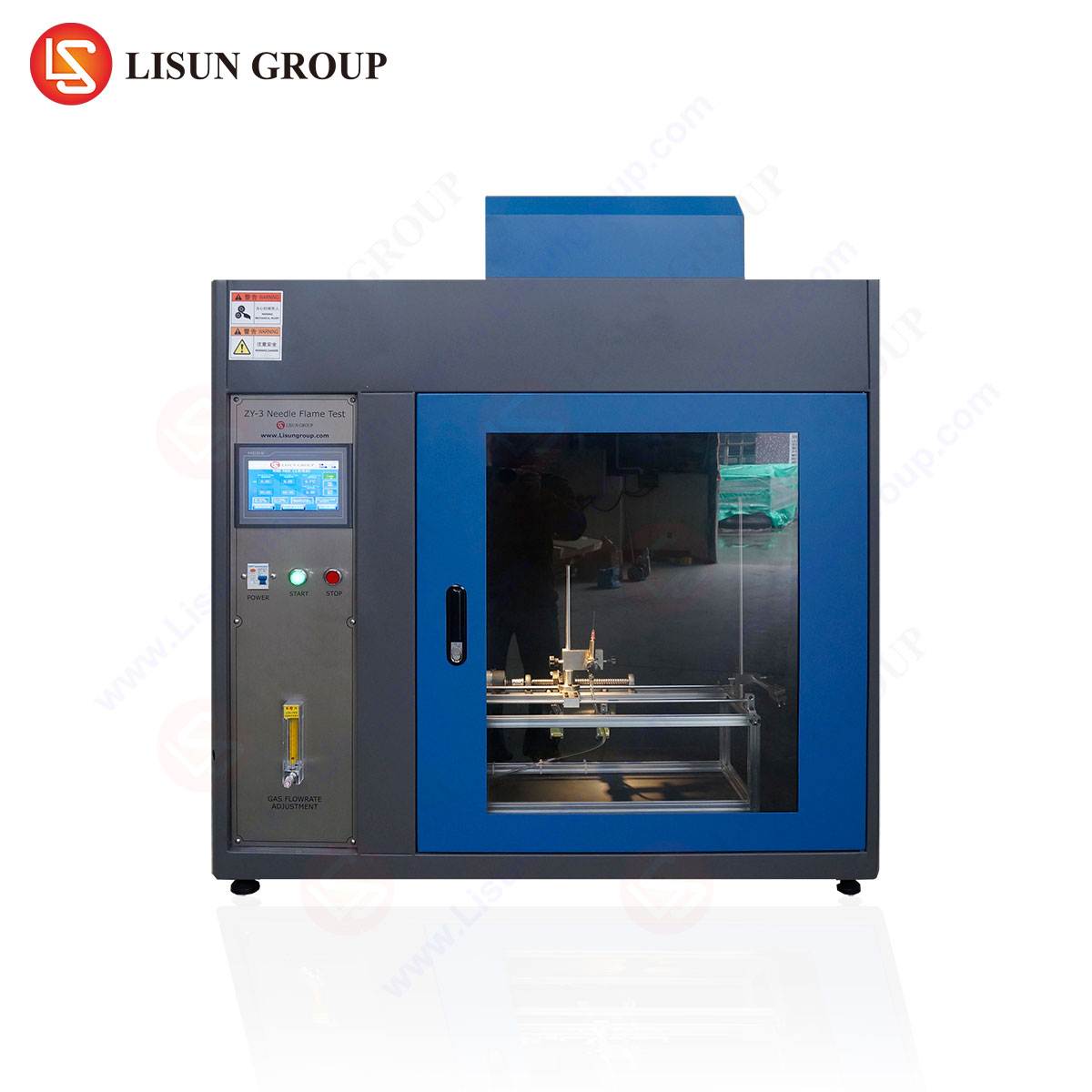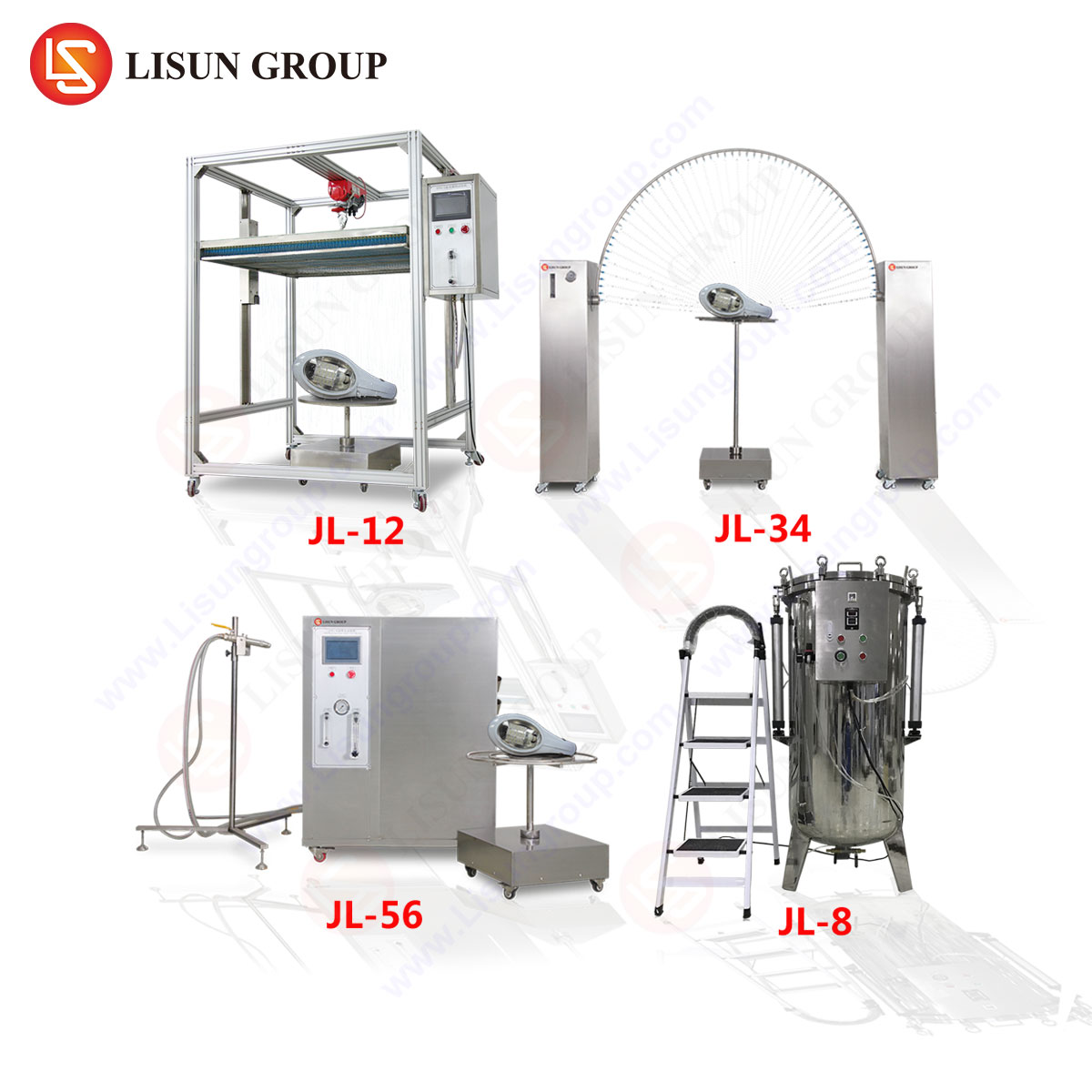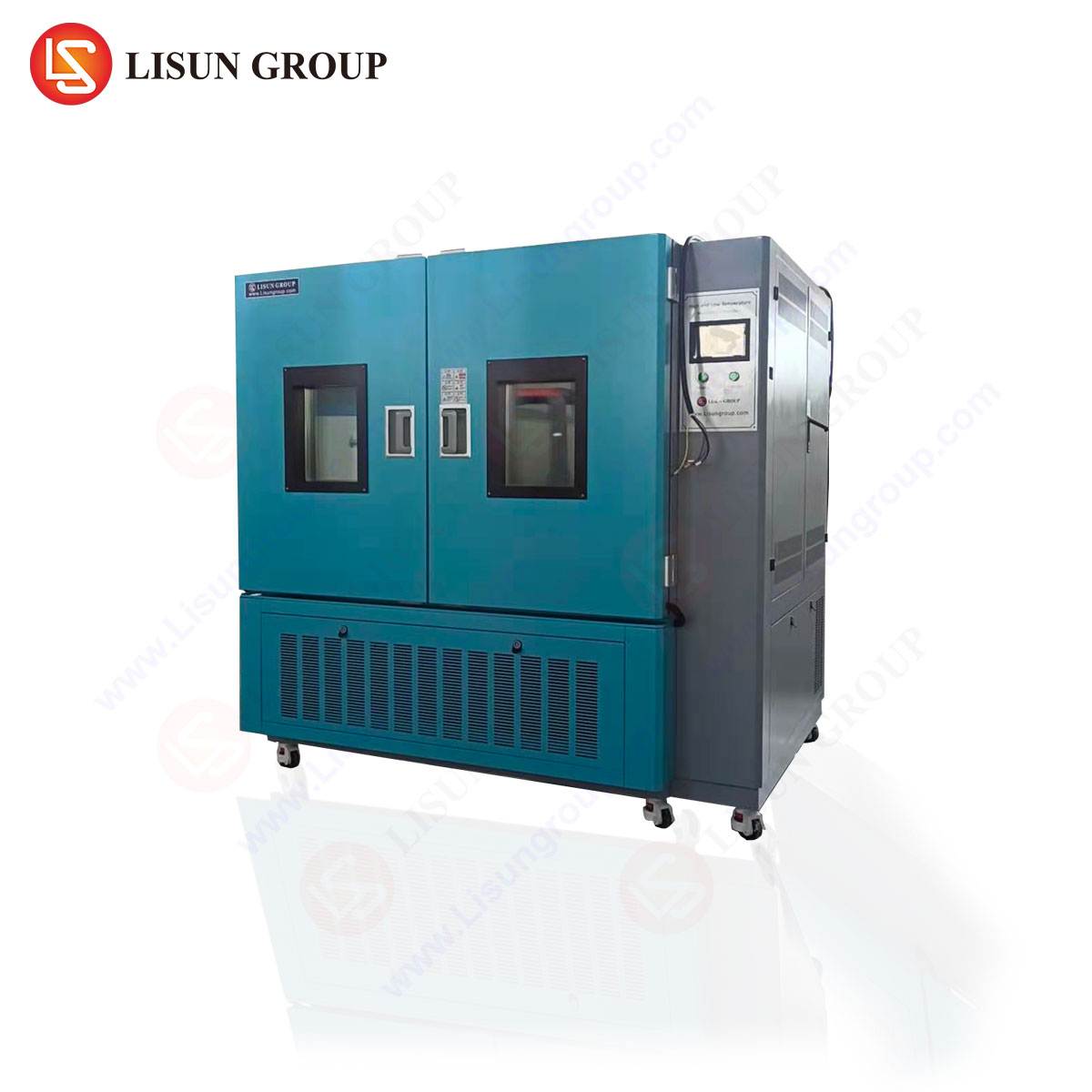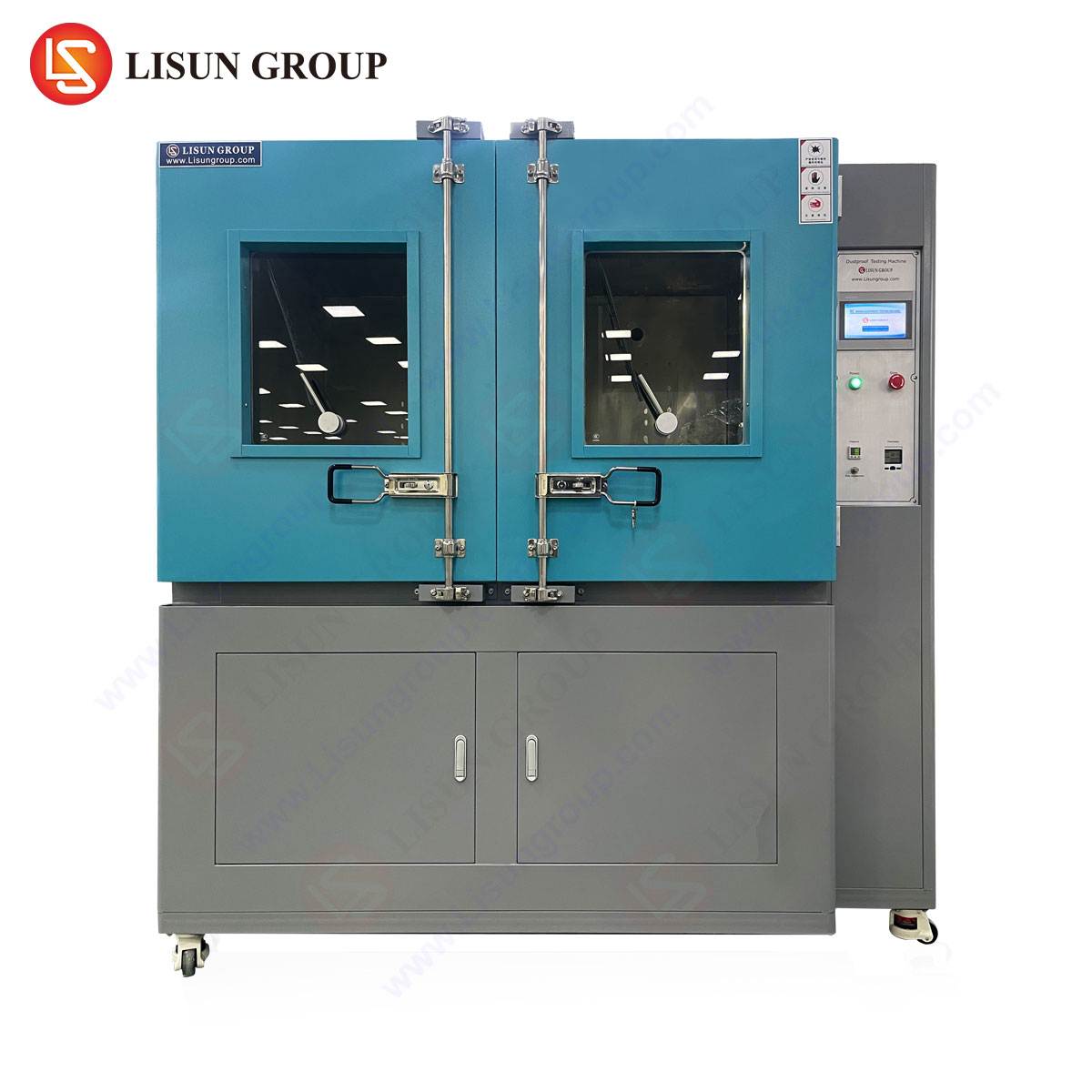Introduction to IEC 61032 and the Role of Test Probes
IEC 61032, “Protection of persons and equipment by enclosures – Probes for verification,” defines standardized test probes used to evaluate the safety of electrical and mechanical enclosures. These probes simulate human interaction with equipment to ensure protection against accidental contact with hazardous parts. Among these, Test Probe C is critical for assessing accessibility to live components in various industries, including household appliances, automotive electronics, and medical devices.
The LISUN Test Finger, Test Probe, and Test Pin are precision-engineered tools designed to comply with IEC 61032, ensuring rigorous safety validation. This article explores the technical specifications, testing principles, and industrial applications of Test Probe C, emphasizing its role in compliance verification.
Technical Specifications of Test Probe C According to IEC 61032
Test Probe C, as defined in IEC 61032, is a rigid, finger-simulating probe with specific dimensions and tolerances to replicate human interaction. The LISUN Test Probe C adheres to the following standardized parameters:
- Dimensions: 75 mm length, 12 mm diameter (simulating a child’s finger)
- Material: High-strength, non-conductive polymer or metal with insulating properties
- Force Application: 10 N ± 1 N for penetration testing
- Joint Articulation: Simulates natural finger movement to assess accessibility
These specifications ensure that the probe accurately evaluates whether hazardous parts within enclosures remain inaccessible under realistic conditions.
Testing Principles and Methodology for Test Probe C
The primary objective of Test Probe C is to verify that enclosures prevent accidental contact with live components, moving parts, or sharp edges. The testing process involves:
- Accessibility Assessment: The probe is inserted into openings, joints, or gaps in the enclosure to determine if hazardous parts are reachable.
- Force Application: A controlled force (10 N) is applied to simulate unintentional pressure, such as a child poking or pulling at a device.
- Compliance Verification: If the probe contacts hazardous parts, the enclosure fails the test and requires redesign.
Industries such as consumer electronics, toys, and household appliances rely on this methodology to ensure compliance with IEC 60529 (IP ratings) and IEC 62368-1 (safety standards for audio/video and IT equipment).
Industrial Applications of Test Probe C in Safety Compliance
Household Appliances and Consumer Electronics
Manufacturers of blenders, microwaves, and power strips use Test Probe C to validate that internal wiring and moving blades remain inaccessible. The LISUN Test Finger ensures compliance with UL, CE, and CCC certifications.
Automotive Electronics and Industrial Control Systems
Vehicle dashboards, charging ports, and control panels must resist unintended access. Test Probe C verifies that high-voltage components in electric vehicles (EVs) are securely enclosed.
Medical Devices and Aerospace Components
In medical equipment (e.g., MRI machines) and aviation control panels, Test Probe C checks for inadvertent contact with high-voltage circuits, ensuring patient and operator safety.
Lighting Fixtures and Electrical Components
LED drivers, switches, and sockets are tested to prevent finger contact with live terminals. The LISUN Test Pin supplements these evaluations by assessing smaller apertures.
Competitive Advantages of LISUN Test Probes in Compliance Testing
The LISUN Test Finger, Test Probe, and Test Pin offer distinct benefits:
- Precision Manufacturing: Tight tolerances (±0.1 mm) ensure conformity with IEC 61032.
- Durability: High-grade materials resist wear during repeated testing cycles.
- Regulatory Alignment: Pre-validated for global standards (IEC, UL, EN).
- Versatility: Compatible with automated test rigs for high-throughput validation.
Case Study: Test Probe C in Toy Safety Evaluations
A leading toy manufacturer implemented the LISUN Test Probe C to assess battery compartments in electronic toys. The probe confirmed that 0.5 mm gaps allowed unintended access, prompting a redesign to meet EN 62115 (toy electrical safety). This case underscores the probe’s role in preventing child injuries.
FAQ: Common Questions on Test Probe C and IEC 61032 Compliance
1. What is the difference between Test Probe C and Test Probe B?
Test Probe C simulates a child’s finger (12 mm diameter), while Test Probe B represents an adult’s finger (20 mm).
2. Can the LISUN Test Probe be used for IP rating validation?
Yes, it complements IP testing (IEC 60529) by verifying finger ingress protection (IP2X).
3. How often should test probes be recalibrated?
Annual recalibration is recommended to maintain measurement accuracy.
4. Does Test Probe C apply to automotive charging stations?
Yes, it verifies that high-voltage connectors in EV charging ports are inaccessible.
5. Are LISUN probes compatible with automated test systems?
Yes, they integrate with robotic test rigs for efficient mass production validation.
This technical exploration underscores the critical role of Test Probe C in ensuring product safety across industries, with LISUN’s precision-engineered solutions providing reliable compliance verification.







